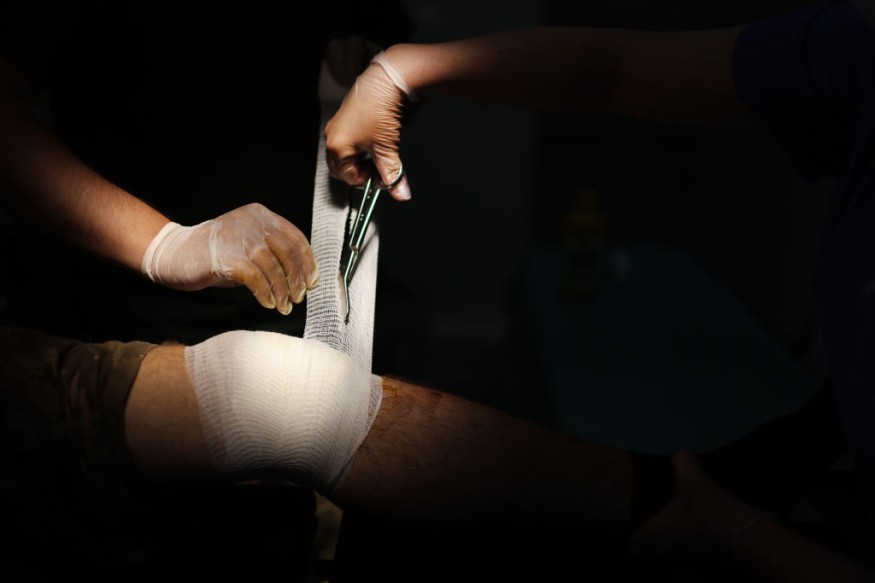Fungus is one of the several types of pathogens with a unique world of its own classified as neither an animal nor a plant by scientists.
Based on records, a fungus belongs to the eukaryotic group of microorganisms which includes yeasts and molds, which we often see in our decaying food and even furniture, as well as other non-biological materials.
One such recent case study involved a man in Australia, where he reportedly sustained an injury on his leg. In what seems a normal wound, a medical report afterward revealed that the patient contracted a "very rare fungus infection" called Saksenaea mucormycosis with a combination of necrotizing fasciitis, a "rapidly progressing" soft tissue infection that rapidly progresses inside the body and can be fatal.
The said rare soft tissue infection is typically caused by different bacterium groups. However, the case of the Australian man involved the presence of the infectious fungus called Saksenaea vasiformis, described by scientists as opportunistic and Angio-invasive by nature. This means that the fungus waits for an opportunity to enter the body, primarily to infiltrate the blood vessels.
Flesh-Eating Fungus Case

The flesh-eating disease case was published in the journal BMJ Case Reports on March 31, wherein medical researchers led by Blake Anthony Sykes, who works at the Rockhampton Hospital in Queensland, Australia, shed light on Saksenaea mucormycosis, which is caused by necrotizing fasciitis and it requires early and appropriate surgical debridement, as well as antibiotic cover.
As mentioned earlier, the case at hand involved bacterial fasciitis linked with fungal infection which required the patient's leg to be amputated, in addition to negative-pressure vacuum dressings and amphotericin B for treatment.
Furthermore, the case study explores the very rare case of necrotizing fasciitis involving fungi as a pathogen under the group IV classification of the infection.
Mucormycosis Symptoms
Prior to the case being treated as unique, doctors at a local Queensland hospital treated the man's leg, which he confirmed was injured on a caravan door. Despite the initial treatment, the patient's condition deteriorated and incurred a fever, which forced him to be placed to a larger hospital in the region for a few days, according to a report by Newsweek, which gained access to the partially-confidential study.
The BMJ report revealed that doctors were only removing infected or dead tissue from the man's lower leg until he suffered from hyperkalemic cardiac arrest. Hyperkalemia pertains to above-normal potassium level in the blood. The man suffered from other health complications like kidney failure, acute anemia, coagulopathy, and multiple organ failure.
Fungus-driven mucormycosis also causes different symptoms, which manifests depending on which part of the body the fungi have infected, according to the Centers for Disease Control and Prevention (CDC).
Some of these symptoms include headache when the fungus infects the sinus and brain (rhino cerebral mucormycosis), as well as shortness of breath when the pathogen infects the lung (pulmonary mucormycosis), according to the CDC.
Related cases of the flesh-eating fungus have led to the deaths of 17 out of 46 patients, according to a review of the BMJ report.
© 2025 NatureWorldNews.com All rights reserved. Do not reproduce without permission.





